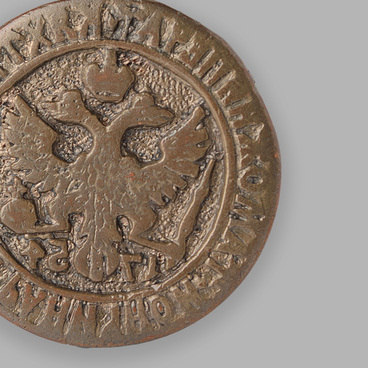Various types of tea imported to Russia were grown mainly in southern Chinese regions. However, most tea merchants came from provinces where tea was not produced, primarily from the North China province of Shanxi.
In 1862, the Russian Empire and the Qing dynasty signed the “Chinese-Russian Land Trade Regulations”. According to that document, Russian merchants were allowed to purchase tea directly in the southern regions of China, to process tea leaves, and to transport tea by sea to Tianjin, near Beijing.
Between 1863 and 1873, Russian merchants established three tea factories — Shunfeng, Xintai, and Fuchang — in the tea-growing region of Yangloudong. At the same time, based on the experience of many years of trade with China and the study of Chinese geography, Russian merchants paid attention to the tea market in Hankou (nowadays part of Wuhan). In 1874, the three Russian tea factories were relocated there. The same year, their owners decided to change the production technology and started using steam engines and hydraulic presses.
Chinese compressed tea was mass-produced, easier to process, and often cheaper than traditional black tea. “Lao Cha” was also known as crude or unrefined tea. It included leaves fallen from tea plants, tea shoots cut roughly in summer, and leaves plucked from the bushes before winter. Sometimes the entire third harvest of the year was used for making compressed tea.
Low-grade leaves were thrown into a cauldron heated to 40 degrees Celsius. Then they were crushed with feet for about five minutes, spread out on mats, and dried outside. After that, the raw material for brick tea was usually sold to manufacturers. They stored it in special stone sheds where the tea was fermented for a week, with the temperature inside the shed reaching 50 degrees Celsius. This semi-finished product was then taken out and crushed with a knife into small fragments. After that, it was steamed and shaped into bricks.
The displayed brick of
green tea features an image of a vase with berry branches and fruit in the
center. The vase is flanked by birds. This tea brick was donated to the Kyakhta
Museum of Local Lore by Alexey Lushnikov, a merchant of the first guild, in
1894.


